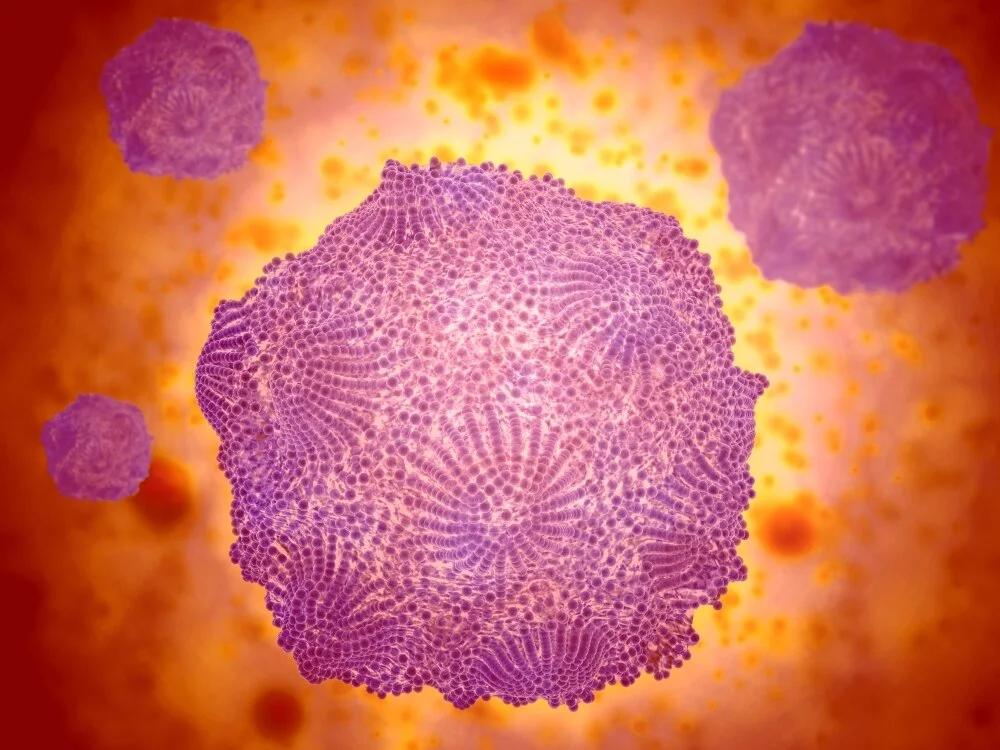

Nisha Naveen
Class of 2026Sunnyvale, California
Nisha's Symposium Presentation
Project Portfolio
How can the development and application of antiviral peptide therapy be used to treat Parvovirus in endangered species, and how does this therapy compare to the treatments already on the market?
Started Sept. 12, 2023

Abstract or project description
Canine Parvovirus (CPV), a highly infectious virus that causes severe illness in a variety of species around the world, continues to remain untreatable. This paper seeks to explore the application of antiviral peptide therapy for the global treatment of Parvovirus in endangered species, as well as compare it with current treatments being tested. Parvovirus currently affects several endangered animals including coyotes, wolves, bobcats, and foxes. It is commonly transmitted through the feces of the carrier, and outbreaks have occurred in the wild, in rehabilitation centers, and in more domestic settings, with no real treatment available. For these reasons, finding an effective treatment method against parvovirus is critical in the conservation of the species being affected. In this paper I propose Antiviral Peptide Therapy, a treatment currently being implemented against Covid, Herpes, and the Flu that uses short amino acid chains called peptides designed to target specific viruses and prevent their replication. We further examined the effectiveness of using antiviral peptide therapy for Parvovirus in comparison to other treatments being tested today, through the use of graphs and charts to analyze the widespread effects of CPV and comparing research already done by esteemed people, universities, and foundations.